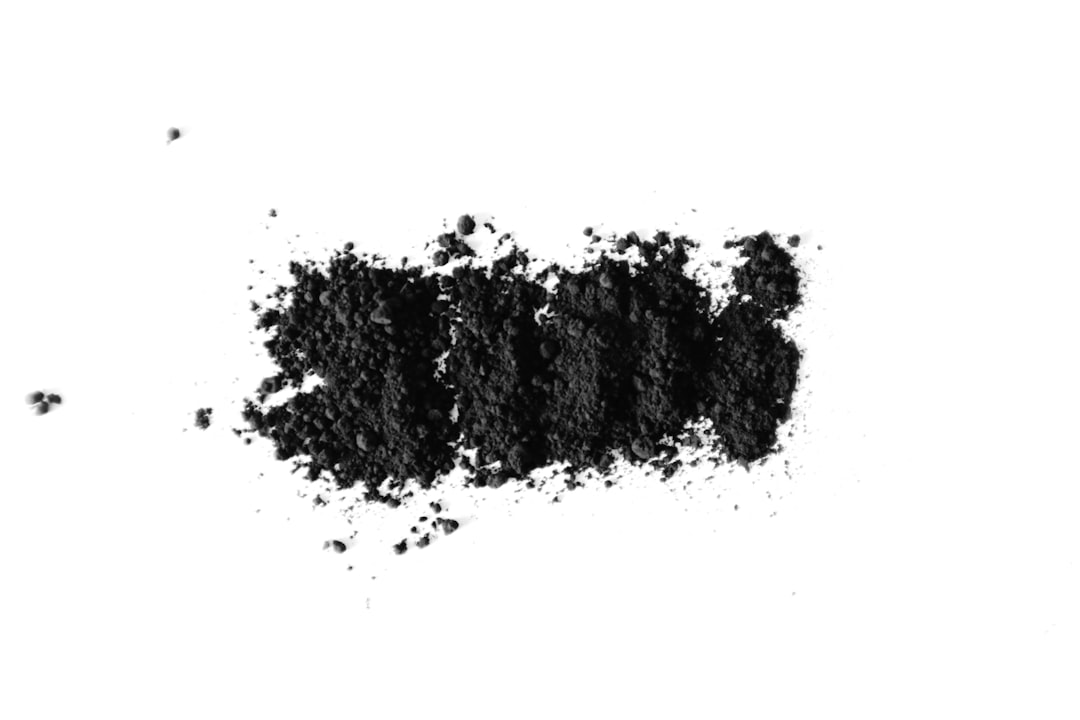What is it about?
The atlas of artificial sky brightness shows what is the luminosity (more correctly, the luminance) of the sky at zenith due to artificial lights. The maps shows this luminance in colour steps. Each step, from black to grey, to dark blue and so on up to pink and white means a doubling in the artificial luminance. The atlas cover all the World from 75° N to 60° S with a better than 1 km resolution. The atlas also shows in tables and graphs the level of light pollution for all the countries. To be noted that the atlas is not simply a fancy looking colour elaboration of satellite data. It is obtained by calculating, with a light propagation model, for each site on Earth, the contribution of the light pollution coming from a circle of about 400 km diameter centred in each site.
Featured Image
Why is it important?
The main purpose to produce the atlas was to give the scientific community the situation of light pollution in this transition time toward the new LED lighting technology. Also, the atlas will be very useful to raise the awareness of this problem for people and politicians that are committed to solve this problem. The atlas is a major advance in every aspect over the first one, even if at its time the first atlas was state of the art. The main advances since then are: - better satellite data - better computation technique with our modelling of light propagation in the atmosphere - better calibration via thousands of ground based night sky brightness measurements all over the world (mainly Europe and USA, of course), due in great part to the contribution of citizen scientist.
Read the Original
This page is a summary of: The new world atlas of artificial night sky brightness, Science Advances, June 2016, American Association for the Advancement of Science,
DOI: 10.1126/sciadv.1600377.
You can read the full text:
Contributors
The following have contributed to this page










